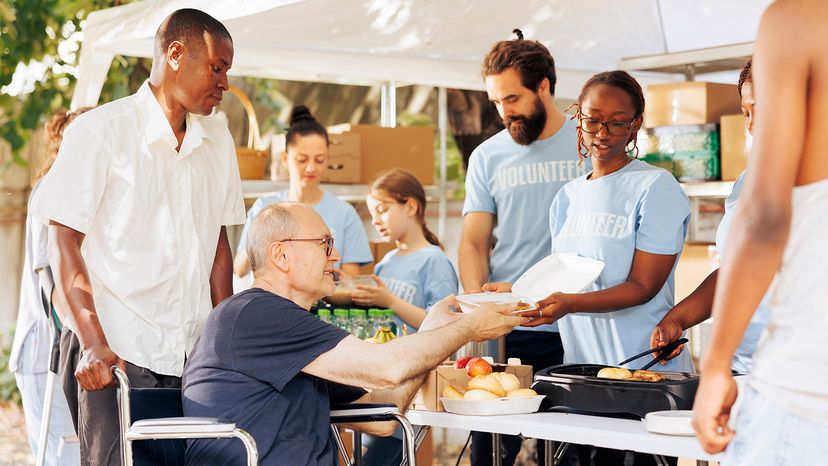
With a federal government shutdown disrupting SNAP (Supplemental Nutrition Assistance Program), nearly 42 million Americans have lost their food assistance and are turning to food banks and pantries for help.
For these people, finding free food isn't about saving money; it's about survival.
Advertisement
From older adults to families with children, affected communities are turning to local organizations to fight hunger and access support during the ongoing crisis.